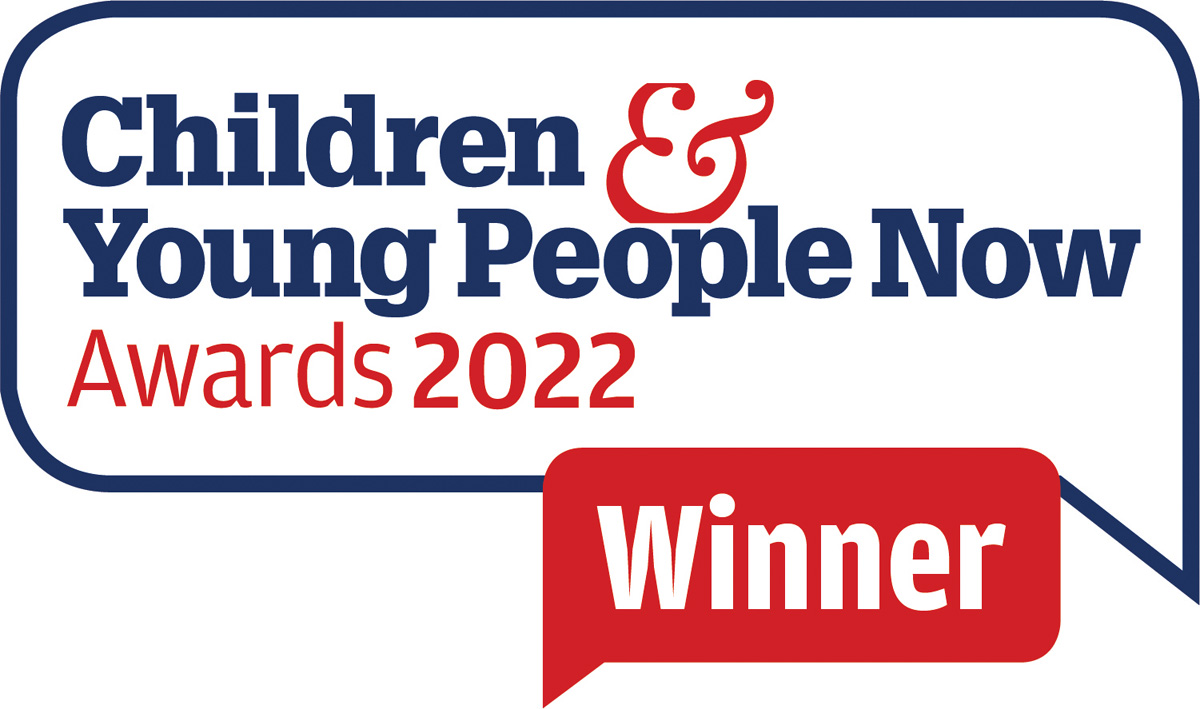
Childline Online Services provides children with advice and support on social and emotional issues
It uses digital tools to analyse how users engage with resources and gather comments from young people on gaps in support
The site receives more than two million visits each year
ACTION
 Since its launch in 2009, the charity Childline Online Services' website has attracted increasing numbers of visitors keen to access content and support on a variety of social and emotional issues affecting young people – it receives around two million visits per year and up to 600 pieces of user generated content a day.
Since its launch in 2009, the charity Childline Online Services' website has attracted increasing numbers of visitors keen to access content and support on a variety of social and emotional issues affecting young people – it receives around two million visits per year and up to 600 pieces of user generated content a day.
Register Now to Continue Reading
Thank you for visiting Children & Young People Now and making use of our archive of more than 60,000 expert features, topics hubs, case studies and policy updates. Why not register today and enjoy the following great benefits:
What's Included
-
Free access to 4 subscriber-only articles per month
-
Email newsletter providing advice and guidance across the sector
Already have an account? Sign in here

